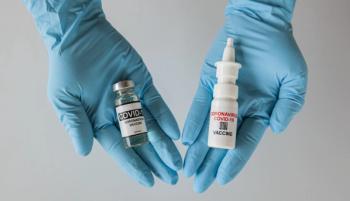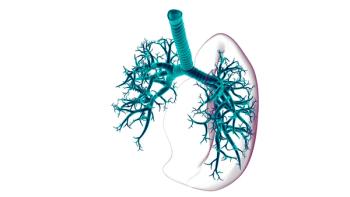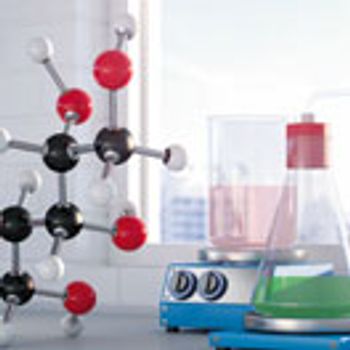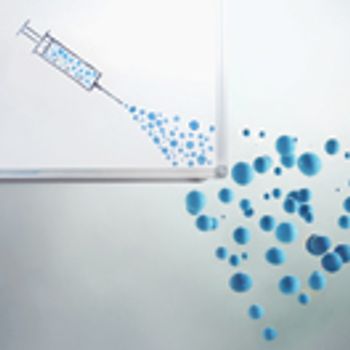
Advancements in therapeutic modalities are necessitating change in drug delivery to help negate some of the expense of development and manufacturing.

Advancements in therapeutic modalities are necessitating change in drug delivery to help negate some of the expense of development and manufacturing.

The members reviewed the measures to minimize the risk of serious side effects associated with Janus kinase (JAK) inhibitors used to treat several chronic inflammatory disorders.

There are many benefits of employing a reformulation strategy, but companies must also overcome a variety of challenges too.

While a variety of innovations have already impacted the drug delivery landscape, improving sustainability and having the ability to make smaller volumes of drug products still require work.

Sanofi is collaborating with Blackstone Life Sciences to accelerate the development of a treatment for multiple myeloma.

The intranasal route of administration is showing clinical promise, particularly for COVID-19, but there are multiple hurdles to overcome to ensure successful formulation.

The inhaled route of administration for biologics is experiencing renewed interest, particularly in light of the COVID-19 pandemic.

The European Commission has approved Lynparza (olaparib) for use in patients with germline BRCA-mutated (gBRCAm) metastatic pancreatic cancer within the European Union.

Kindeva Drug Delivery plans capital investment and jobs growth.

The technology uses a silica nanoparticle to deliver vaccines and cancer treatments.

The drug particle engineering and nanotechnology company offers a nanotechnology platform that can revive failed drugs in the pharma pipeline.

The authors of the study believe it could have significant implications for the discovery of new dermatological products for major diseases such as psoriasis.

Through the support of the Japanese agency, Daiichi Sankyo intends to further develop its genetic vaccine platform focused around its new nucleic acid delivery technology.

Gelest, a manufacturer and provider of silane, silicone, and metal-organic compounds, released a range of dual-function poly(ethylene glycol) (PEG) reagents that enable new approaches to PEGylation for bioconjugates.

There is a lot of interest in delivering biologics via non-invasive routes in attempt to improve patient compliance and convenience.

The United Kingdom’s Center for Process Innovation (CPI) is investing in a new project, Microstar, which seeks to reduce risk for formulators through the development of accelerated screening methods for predictive design.

Researchers test the efficacy of a new polymer that is an alternative to PEG for drugs used to treat type 2 diabetes.

High-purity low-endotoxin sugars improve robustness and stability of protein formulation and improve drug product quality.

Challenging molecules and markets are driving the development of new solutions for drug delivery.

A new study examines the oral delivery of protein drugs in plant cells and hypothesizes that the cold storage and transportation of biologics could someday be eliminated.

The wearable devices for the delivery of biologic products are now being manufactured and will be tested in clinical trials in the near future, according to the company.

The company’s method reduces the time required to crystallize antibodies from weeks to one day.

The company plans to reformulate injectable products to make them into inhaled and intranasal medications.

A new consortium involving Arecor, FUJIFILM Diosynth Biotechnologies and the Center for Process Innovation will focus on formulation innovation as a way to improve downstream processing and reduce biopharmaceutical cost.

The company presented a portfolio of new products during the meeting in Madrid.